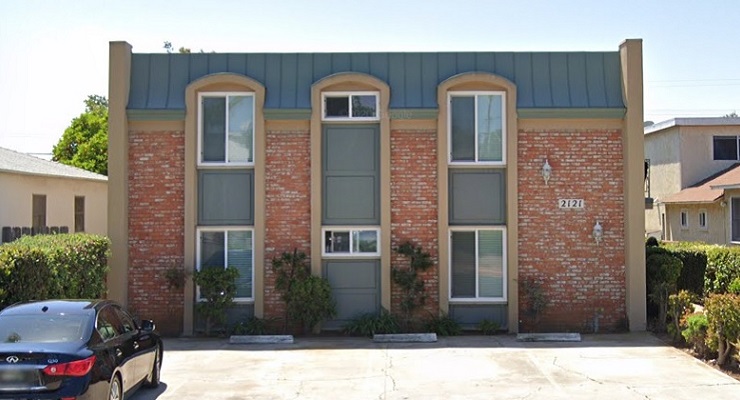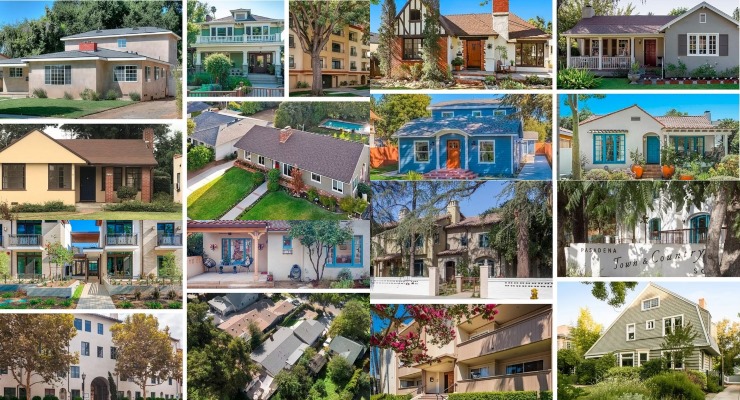
Builder confidence in the market and a rising mortgage rate are taking their toll on home sales, according to a recent National Association of Home Builders (NAHB) survey, but builders are offering an increasing number of price cuts and other sales incentives to counter a declining demand.
According to the latest market report from the California Association of Realtors (CAR), California has seen the market shift toward a more balanced environment as days on the market along with the number of sellers who are reducing prices, dips.
Mortgage applications, pending sales, and closed transactions all point to a relatively tepid winter for transactions, but home prices continue to rise and illustrate that the pullback in demand has been matched stride for stride by reduced inventory as existing homeowners face large financial costs from moving in the form of low rates on their existing loans, potential capital gains, and a dearth of options for other homes given the tight inventory across the state, the CAR report noted.
From the builders’ perspective, the NAHB survey revealed that stubbornly high mortgage rates that have now climbed to a 23-year high and have remained above 7% for the past two months continue to take a heavy toll on builder confidence, as sentiment levels have dropped to the lowest point since January 2023.
Builder confidence in the market for newly-built single-family homes in October fell four points to 40 from a downwardly revised September reading, according to the NAHB/Wells Fargo Housing Market Index (HMI) released last week, the third consecutive monthly drop in builder confidence.
“Builders have reported lower levels of buyer traffic, as some buyers, particularly younger ones, are priced out of the market because of higher interest rates,” said NAHB Chairman Alicia Huey, a custom home builder and developer from Birmingham, Ala. “Higher rates are also increasing the cost and availability of builder development and construction loans, which harms supply and contributes to lower housing affordability.”
At least in California, however, despite mortgage rates hitting a two-decades high in recent weeks, new home sales continued to increase in September.
Sales of new single-family homes last month reached a seasonally adjusted annualized rate of 759,000 for the U.S., an increase of 12.3% from August and a jump of 33.9% from the same month last year, according to the CAR report, though, mortgage rates are up nearly 40 basis points to 7.57%, since late September according to Freddie Mac.
Builders are also continuing to offer price-cuts and interest-rate buy down as incentives to lure qualified buyers into the new home market, said the CAR report..
According to a separate NAHB survey, 62% of builders offered sales incentives in October, which tied to the previous cyclical high reached in December 2022. New home sales’ resilience, however, could be tested in the coming months as rates consistently stayed at a high level and may not come down meaningfully in the next couple weeks.
“The housing affordability crisis can only be solved by adding additional attainable, affordable supply,” said NAHB Chief Economist Robert Dietz. “Boosting housing production would help reduce the shelter inflation component that was responsible for more than half of the overall Consumer Price Index increase in September and aid the Fed’s mission to bring inflation back down to 2%. However, uncertainty regarding monetary policy is contributing to affordability challenges in the market.”
Meanwhile, said the CAR report, the median sales price of new homes dipped both on a month-to-month basis (-3.3%) and on a year-over-year basis (-12%). The drop was partly due to seasonality and partly due to elevated mortgage rates. New housing inventory remained solid but months of supply fell to 6.9 months in September from 7.7 months in August.
The CAR report also noted that consumer spending remains the dominant source of growth in the U.S. economy, and this continued during the third quarter as real (inflation-adjusted) spending rose by 0.4% last month. This is likely to result in a strong increase in U.S. GDP when the data is released early next month.
Although wage growth remains relatively strong, the CAR report noted, above-average inflation more than offset the gains in nominal incomes and suggests that consumer spending growth may not be sustainable as debt levels and debt delinquencies rise as savings rates have fallen.
Daily interest rates have hovered in the 8% range for the past week, but the weekly averages reported by Freddie Mac show that mortgage rates continue to rise, reaching 7.79% last week—another 20+ year high, said the CAR report. Mortgage applications for October 2023 show the lowest level of new purchase applications since the market hit bottom in the wake of the 2008 financial crisis.
“With rates expected to remain elevated, the typical seasonal slowdown could be exaggerated by the added impact of higher rates,”said the CAR report.
Housing supply remains the limiting factor in California’s housing market, but higher rates have also had a significant impact on homebuyer demand.
However, the recent surge in mortgage rates has created opportunities for new homebuyers as well, CAR noted.
Homes are taking longer to sell with the median days on the market rising to 19 days last week, more than one third of active listings have already reduced price, and sellers are willing to consider other concessions likely not available last year, said CAR.
At the same time, homes that are priced right and that present well are still selling relatively quickly and more than 2 out of 5 transactions last week still closed above list price.
The CAR report said this is “a great time to buy and sell, but buyers and sellers need to be cognizant of the recent market dynamics and adjust their behavior accordingly.”







